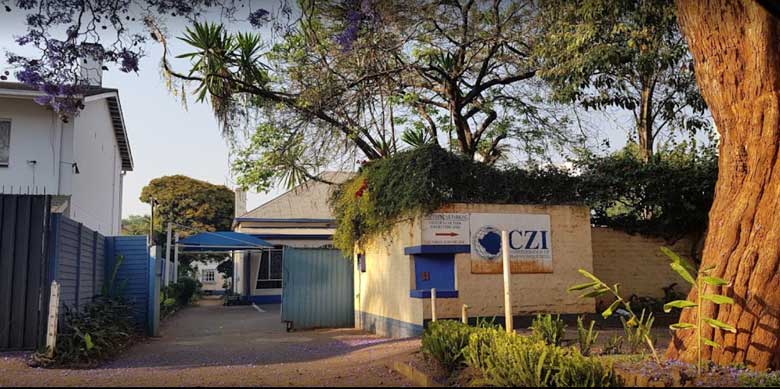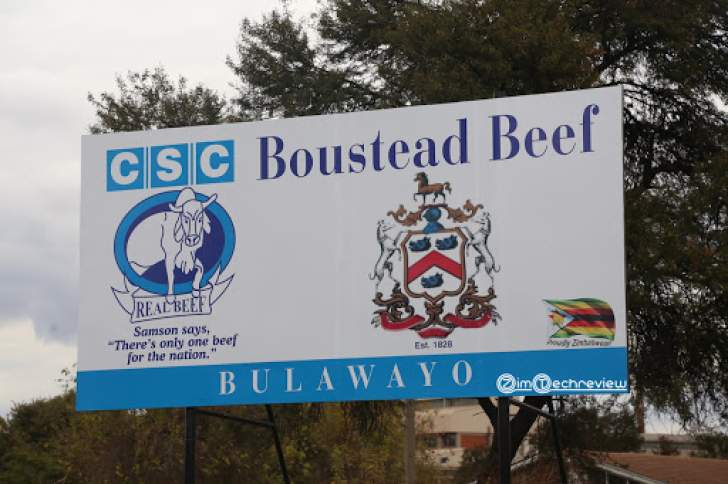
BY TATIRA ZWINOIRA AND TANYARADZWA NHARI An outlet in Harare’s Graniteside industrial area has been turning away customers using local currency through point of sale (POS) platforms on the pretext that they are experiencing network failure.
To go around the alleged POS challenges, the outlet encourages desperate customers to use foreign currency instead.
The scenario at the Graniteside food outlet plays out at many businesses across the country as the Zimbabwe dollar continues on a downward spiral against major currencies.
The Zimbabwe dollar was selling for $520 per US1 on the parallel market on Friday.
Two weeks ago, the Zimbabwe dollar was trading at $400 to the US dollar.
According to the United States Agency for International Development food security arm’s May report, the currency crisis has seen businesses hoarding basic commodities such as maize, cooking oil, and sugar, to name a few.
The commodities are then sold on the informal market who use parallel forex rates, and in the process, raised the risk of hunger.
Businesses are seeking to escape the official forex rates of US$1:ZWL308,52 and US$1:ZWL309,06, on the forex auction and interbank markets, respectively.
- Chamisa under fire over US$120K donation
- Mavhunga puts DeMbare into Chibuku quarterfinals
- Pension funds bet on Cabora Bassa oilfields
- Councils defy govt fire tender directive
Keep Reading
Prominent economist Prosper Chitambara said the Zimbabwe dollar would continue to collapse as long as there were distortions on the foreign currency market.
“There is a huge mismatch between the demand for foreign currency, which demand has been exacerbated by the chronic inflation and dollarisation of the economy and the available supply,” Chitambara said.
“So, as long as that mismatch remains and continues to widen, what it actually means is that the Zimdollar will continue to depreciate.
“I think that is the challenge and the depreciation of Zimdollar is obviously associated with an increase in the cost of production, an increase in the cost of importing.
“So how do we address that?
“It is difficult to address that especially if we remain in chronic high inflation because people have lost confidence and economic agents have lost confidence in the Zimdollar.”
He said the only way to restore confidence in the Zimbabwe dollar was controlling inflation.
“How do we do that?
“The issue of broad money supply growth needs to be addressed, of course it’s difficult to address that because the huge pressures on public spending,” Chitambara added.
“And of course, next year, again, we have an election so public spending is going to increase and government may obviously have to finance a greater part of that through monetary creation which could or will stoke up inflationary pressures.”
Inflation jumped by 35,3 percentage points annually to a year high record of 131,7% last month, from an April comparative of 96,4%.
The surge has eroded the value of wages since the start of the year to date, by nearly 184%.
Last month, the Consumer Council of Zimbabwe said a family of five required $120 000 a month to survive, up from $98 000 in April owing to the depreciating local currency.
Local companies have also been hit hard by the rampaging inflation and currency problems.
Nampak Zimbabwe Limited, a paper, plastic and metal can manufacturing firm, said the economic environment remained uncertain due to these macro-economic challenges.
“We note with concern the recent significant devaluation of the official auction exchange rate, and wait to see what impact this will have on prices and inflation,” Nampark said in its half year report ended March 31, 2022.
“More needs to be done by the authorities to address the macroeconomic challenges faced by businesses. We anticipate a slightly less difficult second half as the Group remains profitable as a going concern.”
Nampark said the availability of foreign exchange remained a concern as well as critical for business sustenance going forward.










